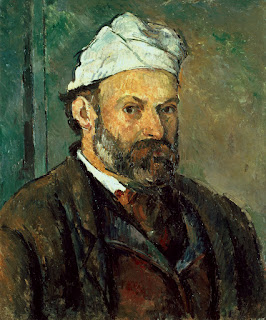 Walter Shirlaw (August 6, 1838 – December 30, 1909) was a Scottish-American artist. Shirlaw was born in Paisley, Scotland, and moved to the United States with his parents in 1840. He worked as a bank-note engraver, and his work was first exhibited at the National Academy in 1861. He was elected an academician of the Chicago Academy of Design in 1868. Among his pupils there was Frederick Stuart Church. From 1870 to 1877 he studied in Munich, under George Raab, Richard Wagner, Arthur George von Ramberg, and Wilhelm Lindenschmidt.
Walter Shirlaw (August 6, 1838 – December 30, 1909) was a Scottish-American artist. Shirlaw was born in Paisley, Scotland, and moved to the United States with his parents in 1840. He worked as a bank-note engraver, and his work was first exhibited at the National Academy in 1861. He was elected an academician of the Chicago Academy of Design in 1868. Among his pupils there was Frederick Stuart Church. From 1870 to 1877 he studied in Munich, under George Raab, Richard Wagner, Arthur George von Ramberg, and Wilhelm Lindenschmidt.On his return from Europe he took charge of the Art Students League of New York, and for several years taught in the composition class. He became an associate of the National Academy in 1887, and an academician the following year. He died in Madrid.
[Oil on canvas, 52.3 x 78.1 cm]













+2009+Bedri+Baykam.jpg)















